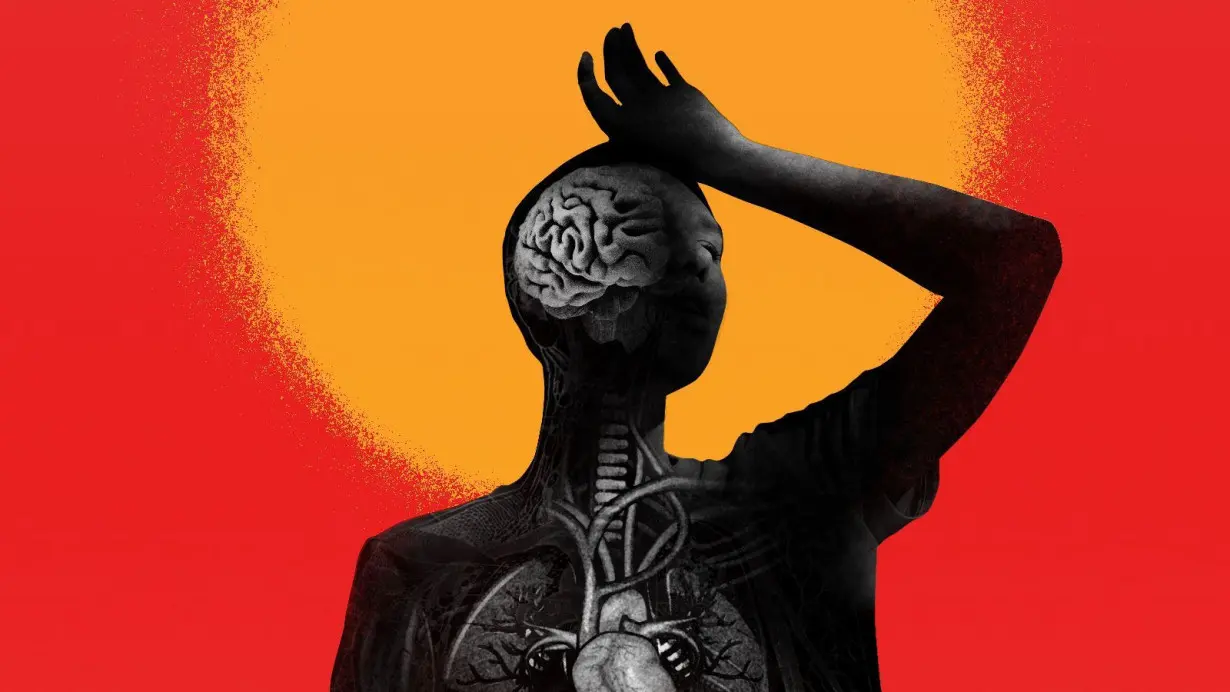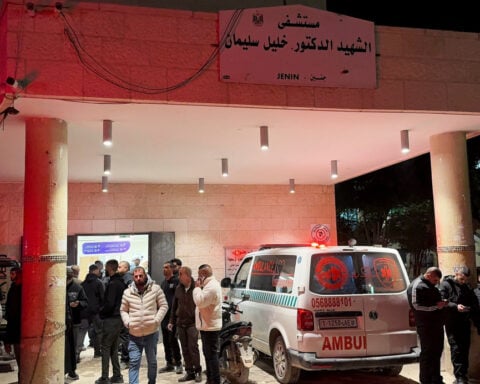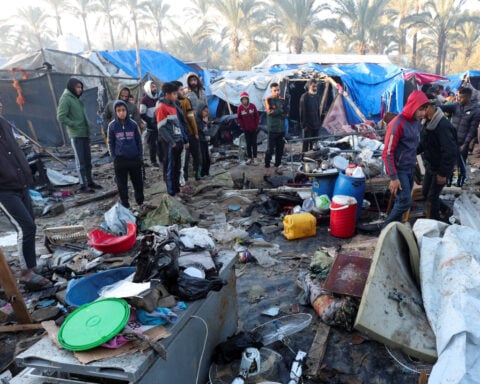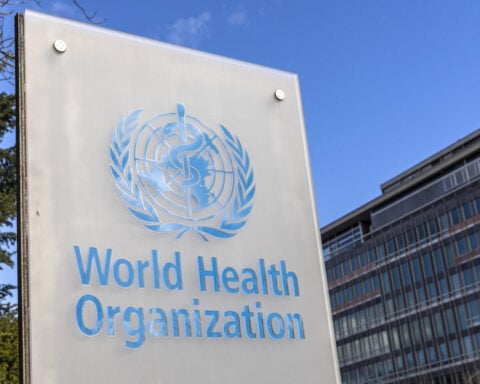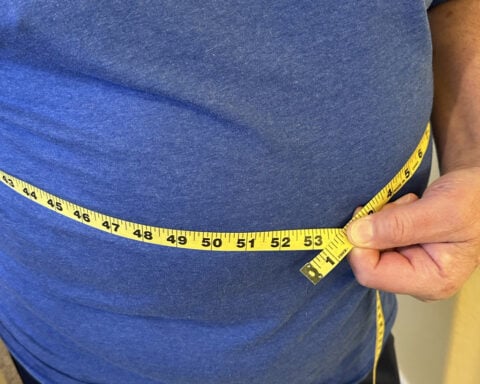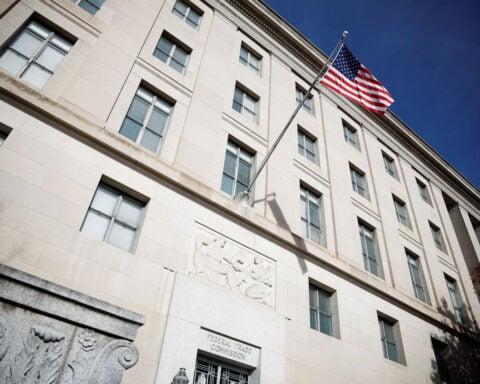(CNN) — Philip Kreycik should have survived his run.
In the summer of 2021, the 37-year-old ultra-marathon runner used an app to plot a roughly 8-mile loop through Pleasanton Ridge Regional Park in California, a huge stretch of parkland threaded with trails.
On the morning of July 10, as temperatures crept into the 90s, Kreycik set off from his car, leaving his phone and water locked inside. He started at a lightning pace — eating up the first 5 miles, each one in less than six minutes.
Then things started to go wrong. GPS data from his smartwatch showed he slowed dramatically. He veered off the trail. His steps became erratic. By this time, the temperature was above 100 degrees Fahrenheit.
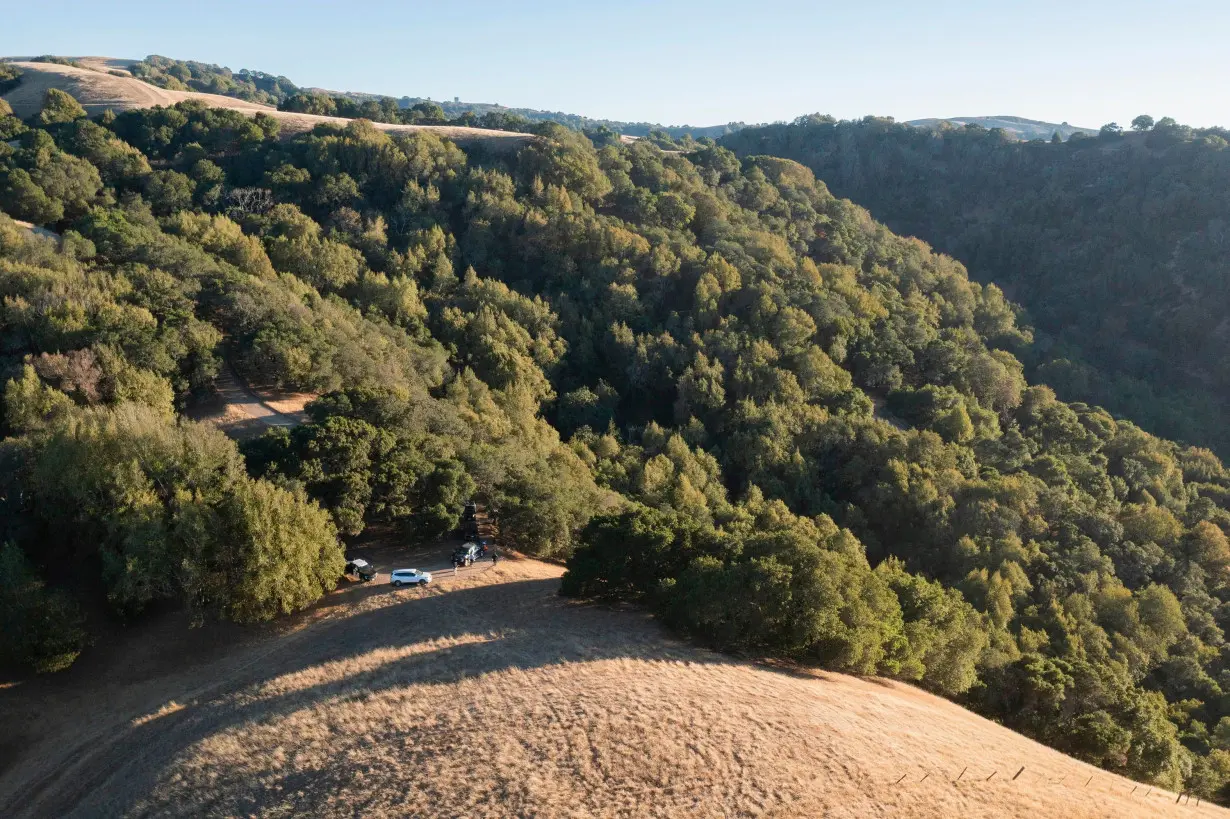
When Kreycik failed to show up for a family lunch, his wife contacted the police.
It took more than three weeks to find his body. An autopsy showed no sign of traumatic injuries. Police confirmed Kreycik likely experienced a medical emergency related to the heat.
The tragedy is sadly far from unique; extreme heat is turning ordinary activities deadly.
People have died taking a stroll in the midday sun, on a family hike in a national park, at an outdoor Taylor Swift concert, and even sweltering in their homes without air conditioning. During this year’s Hajj pilgrimage in June, around 1,300 people perished as temperatures pushed above 120 degrees Fahrenheit in Mecca.
Heat is the deadliest type of extreme weather, and the human-caused climate crisis is making heat waves more severe and prolonged. Add humidity into the mix, and conditions in some places are approaching the limits of human survivability — the point at which our bodies simply cannot adapt.
“We’ve essentially weaponized summer,” said Matthew Huber, a climate professor at Purdue University.
Inside a heat chamber
Kreycik had almost everything on his side when he went running on that hot day: he was extremely fit, relatively young and was an experienced runner.
While some people are more vulnerable to heat than others, including the very old and young, no one is immune — not even the world’s top athletes. Many are expressing anxiety as temperatures are forecast to soar past 95 degrees this week in Paris, as the Olympic Games get underway.
Scientists are still trying to unravel the many ways heat attacks the body. One way they do this is with environmental chambers: rooms where they can test human response to a huge range of temperature and humidity.
CNN visited one such chamber at the University of South Wales in the UK to experience how heat kills, but in a safe and controlled environment.
“We’ll warm you up and things will slowly start to unravel,” warned Damian Bailey, a physiology and biochemistry professor at the university. Bailey uses a plethora of instruments to track vital signs — heart rate, brain blood flow and skin temperature — while subjects are at rest or doing light exercise on a bike.
The room starts at a comfortable 73 degrees Fahrenheit but ramps up to 104. Then scientists hit their subjects with extreme humidity, shooting from a dry 20% to an oppressive 85%.
“That’s the killer,” Bailey said, “it’s the humidity you cannot acclimatize to.”
And that’s when things get tough.
What heat does to your skin
Millions of sweat glands around your body push sweat onto the skin. It transfers heat into the air as it evaporates, which cools you. When it’s too hot and humid, however, it can throw the whole process out of whack.
Too much sweating can make you dehydrated, and your body doesn’t always raise an alarm when it needs more to drink. By the time you feel thirsty, it could be too late — you may be losing fluids faster than you can replenish them.
Very humid heat can cancel out the benefits of sweating. When there is a lot of moisture in the air, sweat evaporates much more slowly, or not at all. Instead, it pools and drips off. Deprived of its main cooling mechanism, your body temperature climbs.
What heat does to your heart
Your heart and blood vessels are “typically the first to be called into action” to regulate body temperature, said Dr. Catharina Giudice, an emergency physician and climate fellow at Harvard T.H. Chan School of Public Health.
In extreme heat, your heart must work much harder to keep your body’s internal temperature stable. It needs to push blood quickly toward your skin, where it can release heat — this is the reason you may look flushed when you’re hot.
As sweat pours out, the loss of fluids reduces blood volume, meaning your heart is forced to pump even harder to maintain blood pressure. It can feel as if it’s “thumping out of your chest,” Bailey said.
What heat does to your brain
The hypothalamus, a tiny diamond-shaped region in the brain, orchestrates your body’s cooling response. It triggers sweating and directs blood flow, all to keep your core temperature around 98.6 Fahrenheit.
But if it gets too hot, the orchestra falls apart.
Blood flow to your brain decreases in extreme heat as breathing speeds up and blood vessels constrict inside your neck and skull.
This deprives your brain of the oxygen and glucose it needs, potentially affecting your cognitive abilities, worsening any mental health conditions and leading to risky or poor decision-making.
“If you’re not heat adapted, your brain gets messed up really fast, and you make bad decisions, and then you’re in trouble,” said Dr. Pope Moseley, a physician and biomedical sciences researcher at Arizona State University.
How heat kills
Extreme heat rips through your body’s defenses, quickly going from uncomfortable to deadly as the heavy feeling of a hot, sticky day turns into something more malevolent.
It often starts with symptoms like nausea, headaches, muscle cramps, even fainting. These are all signs of heat exhaustion — your body is dehydrated and starting to lose the ability to cool itself.
From there, things can spiral.
Heatstroke happens when your body can’t use its usual tricks to cool down, like sweating and increasing blood flow to your skin, leading to a catastrophic rise in core temperature. Once your internal body temperature starts to climb above 104 Fahrenheit, which can happen within 10 to 20 minutes of exposure, “you’re moving toward death, and it can creep up on you very, very quickly,” said Bailey.
You can become disoriented and lose consciousness.
Major organs start to shut down.
Barriers that separate your gut from the rest of your intestines can become more porous, leaking deadly toxins into your bloodstream.
Finally, your heart fails.
Heatstroke “is an explosive disease,” Moseley said. “It’s an inflammatory, multi-system failure.” If not addressed immediately, it can quickly kill you.
The tragedy with heatstroke is that as it’s killing you, it’s also degrading your mental capacity, preventing you from understanding what horrible danger you’re in.
That’s why we have so many stories of people dying on runs and hikes, Moseley said. “People will be hiking, and they don’t realize it, and then before they know it, they’ve got this sepsis-like syndrome.”
The best way to treat heatstroke is immersion in a cold-water bath, Giudice said, or failing that, placing wet towels directly on the body while surrounded by fans.
But even for those who recover, nearly 30% will have permanent brain damage.
A deadlier future
Our bodies can get used to the heat to some extent, but it takes time, and even then, sometimes heat is simply too extreme to adapt to.
To get a better idea of how heat stress affects your body, scientists use wet-bulb temperature, which accounts for the combined impacts of both temperature and humidity.
It’s measured by wrapping a wet cloth around the bulb of a thermometer. As the water evaporates, it cools the bulb, pushing the wet-bulb temperature down. More moisture in the air means less water evaporates and less cooling happens — the wet-bulb temperature is high.
A wet-bulb temperature of around 87.8 degrees is about the maximum healthy humans can cope with, according to recent research. It might not sound that hot, but this is stifling and deadly heat — nearly 90 degrees with 100% humidity, and next to no ability for your body to cool itself.
Purdue University’s Huber and a team of scientists projected that billions of people will be exposed to this dangerous threshold as global warming accelerates. With every half a degree the world heats up, scorching, sticky heat “just expands outward in these hot, deadly blobs,” Huber said.
West Africa and parts of South Asia are among the most vulnerable, according to the research — regions which have very dense populations and often little access to air conditioning.
Richer countries will fare better but will not escape unscathed. Hotspots of extreme humid heat will emerge in parts of the US, including the Midwest, as global warming ticks up, the study found.
Today’s searing-hot summers will likely seem cool by future standards, and the heat we experience is changing in ways that are not in our favor.
Extreme, humid heat is persisting at night time, depriving the body of vital time to recuperate.
And we can expect more back-to-back heat waves, slamming regions with successive cycles of brutal heat, said Jane Baldwin, assistant professor of Earth system science at the University of California Irvine.
Heat already kills an estimated 489,000 people each year, according to the World Health Organization, but the real toll could be higher because heat-related deaths are so hard to track.
Deaths may be attributed to heart attacks or strokes, with no reference to the fact they happened during a scorching heat wave.
“We’re absolutely undercounting in a serious way,” said Bharat Venkat, director of the UCLA Heat Lab.
Every week of summer brings more stories of people like the ultra-marathon runner Philip Kreycik, whose tragic, early deaths are entirely preventable.
Heat lacks the blunt force of a hurricane, the scorched earth of a wildfire or the sweeping devastation of a flood — all of which leave a visible and immediate trail of devastation, destroying homes, tearing up roads and flattening towns.
Instead, heat is a creeping threat, a steady hum in the background. Its worst damage is not to property but to our bodies, Venkat said. And it is an “invisible, silent killer.”
Credits
Reporters: Laura Paddison, Jen Christensen, Mary Gilbert
Story Editors: Angela Dewan and Angela Fritz
Visual Editor: Mark Oliver
Video Producer: Henry Zeris
Video Editor: Angelica Pursley
Motion Designer: Yukari Schrickel
Motion Editor: Elisa Solinas
Data and Graphics Editor: Lou Robinson
Illustrator: Way Mullery
The-CNN-Wire
™ & © 2024 Cable News Network, Inc., a Warner Bros. Discovery Company. All rights reserved.

 German ministry warns 2025 uncertainty to weigh on economic recovery
German ministry warns 2025 uncertainty to weigh on economic recovery
 Wars top global risk as Davos elite gathers in shadow of fragmented world
Wars top global risk as Davos elite gathers in shadow of fragmented world
 UK banks resist mortgage rate hikes amid money market turmoil
UK banks resist mortgage rate hikes amid money market turmoil
 Bayern Munich signs US youngster Bajung Darboe from LAFC
Bayern Munich signs US youngster Bajung Darboe from LAFC
 Novak Djokovic breaks a tie with Roger Federer for the most Grand Slam matches in tennis history
Novak Djokovic breaks a tie with Roger Federer for the most Grand Slam matches in tennis history
 China's RedNote: what you need to know about the app TikTok users are flocking to
China's RedNote: what you need to know about the app TikTok users are flocking to
